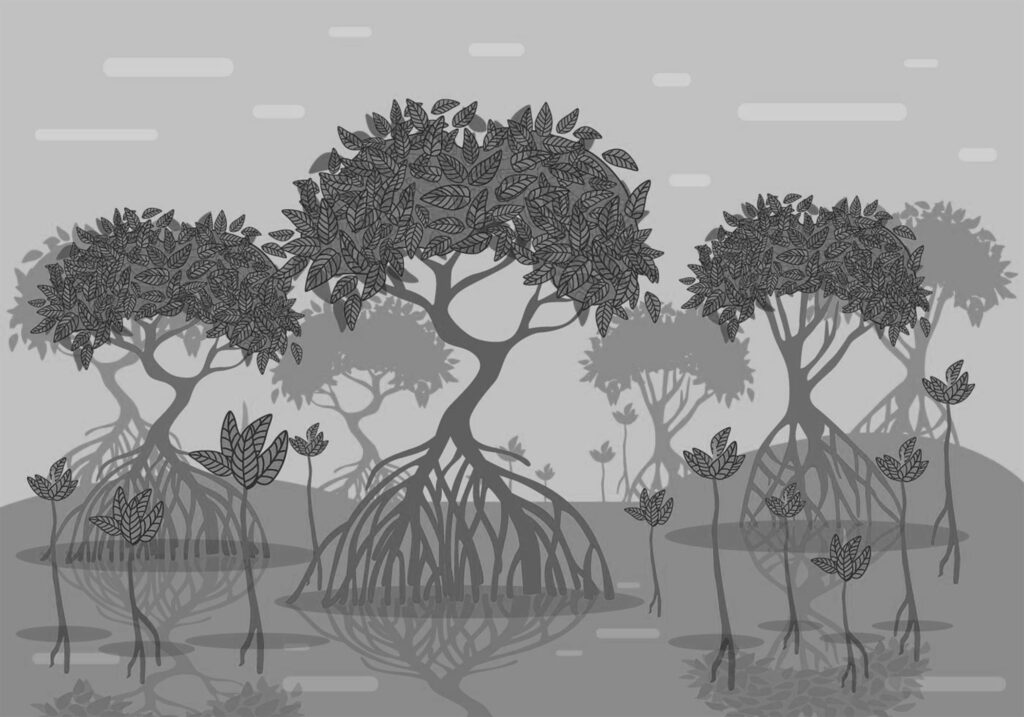Coastal Wetlands
The disappearance of US coastal wetlands has been a huge problem in the past few decades. They are being lost at a fast rate and so are their benefits. Coastal wetlands act as an intermediary between the land and the sea. They are typically found in the form of mangrove forests and seagrass beds. Coastal wetlands are extremely important ecosystems that have been disappearing since the 19th century. They provide a long list of benefits, but a few important ones are water purification, storm protection, food and materials, carbon sequestration, and wildlife habitats.
The Decline
Over the last few decades, worldwide mangrove forests have experienced a loss of about 50%. These losses are very similar in the US, where, on average, about 80,000 acres of coastal wetlands are lost each year. Human activities are a big driver in this decline. This is likely due to the unfortunate fact that over half of the US lives near the coast. Everyday human activities put a lot of stress on coastal ecosystems.
Coastal Filter
Dams and reservoirs prevent sediments from reaching the ocean and interfere with the natural flow of water, this is called sediment starvation. This can lead to serious erosion around coastal wetlands. On the other hand, when water does reach the coast, it is often polluted due to human activities such as waste discharge. Coastal wetlands act as natural water filters that clean the water before it enters the ocean. Certain pollutants that build up in these wetlands can cause eutrophication, this is excessive nutrients in water, such as nitrogen and phosphorus. This can cause an oxygen deficiency in the water and prevent sunlight from reaching below the water’s surface.
Storm Protection and Carbon Sinks
Coastal wetlands are extremely vital in protecting the coast from storms and floods. They can significantly reduce the impact and effect of large waves by absorbing the brunt of it and collecting flood water. Coastal wetlands also can absorb carbon dioxide at rates up to 20 times higher than regular forests, making them important carbon sinks.
Consequences
           As the coastal wetlands go, it means that the ecological services they provide will go too, like the ones talked about above. Some of these services are so valuable that they can have a very real effect on humans. For example, many scientists blame a part of the destruction of Hurricane Katrina on the lack of coastal wetlands. Hurricane Katrina was a category 5 hurricane that devastated the southern coast of the US in 2005. Coastal flooding and storms can cost the US billions of dollars. Many US states have lost large percentages of their coastal wetlands. Laws and regulations are playing an important role in protecting these ecosystems that provide so many benefits.



